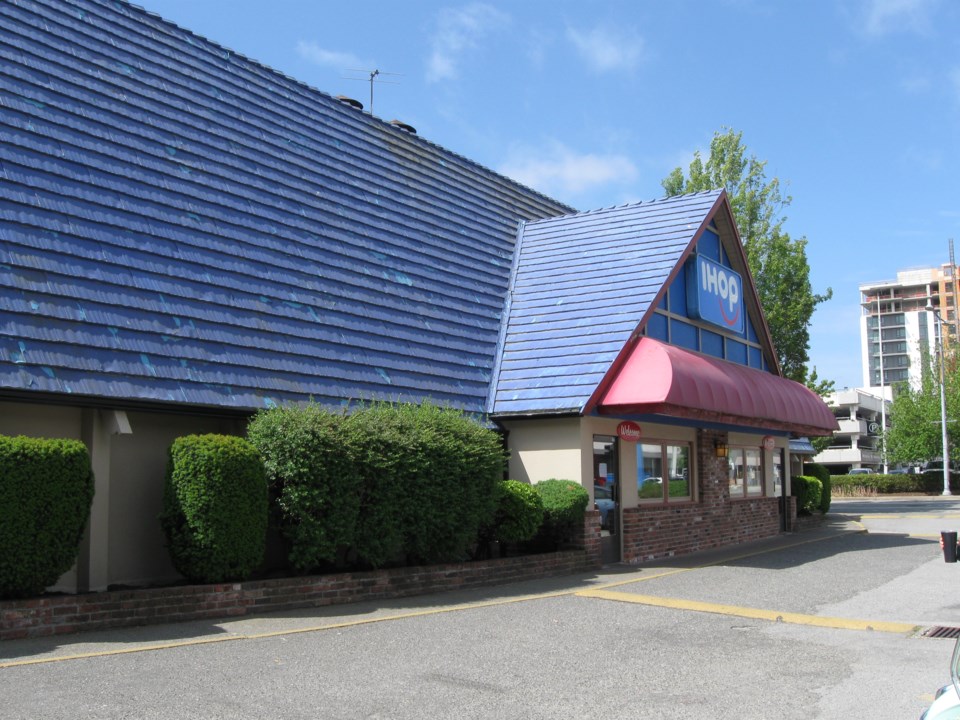In his magnum opus, Physiologie du goût, Jean Anthelme Brillat-Savarin (1755 to 1826) preceded his gastronomic meditations with twenty aphorisms, the most famous of which is probably the fourth: “Dis-moi ce que tu manges, je te dirai ce que tu es” (Tell me what you eat and I’ll tell you what you are). In other words, the food you eat makes you who you are.
It occurred to me that something similar, but with a twist, could be said of the pancake: “Tell me how you make pancake and I’ll tell you where you’re from.” Almost every country in the world has its own version of the pancake, which proves that one of its main attractions is its endless versatility.
Pancakes started out very simply, perhaps even as a mistake or in an emergency, in any case not purposefully or intentionally. The original pancake is likely to have been a quite moist batter (from the Latin battuere, to beat, an English word since the 14th century) poured into a pan and cooked over fire. There’s written evidence, in poetry, that the ancient Greeks ate such concoctions as early as the 5th-century BC. Interestingly, all the names for pancake in ancient Greek are based on tagenon, signifying frying pan.
Centuries ago people cooked with what they could find locally, hence the great variety of pancakes worldwide. The common denominator is their shape — they are generally flat and usually, though not always, the size of the frying pan. The taste depends on the ingredients, and toppings or fillings, which can be either sweet or savoury.
The Austrians called their pancakes Palatschinken and the words in nearby eastern European countries are similar, all deriving from the Latin placenta, meaning cake. Another famous type of (sweet) Austrian pancake is Kaiserschmarrn, named for the Habsburg Emperor Franz Joseph I (1848 to 1916).
In my home country, Germany, pancakes were known as Pfannkuchen. My father’s family fled to Germany from Riga, capital of Latvia, at the time of the Russian Revolution in 1919. My grandmother’s cooking was, therefore, Latvian, and it included a dish that the family loved — its German name was Komm morgen wieder, in English “come back tomorrow." Originally a way of serving leftovers, it eventually became something very special. The basic recipe calls for a large, thin pancake onto which is heaped a spoonful of filling. By the time I ate my grandmother’s Komm morgen wieder the filling was no longer leftovers but rather very tender cooked beef put through a meat grinder — it had become festive rather than economical fare.
The pancake for Komm morgen wieder is a very thin pancake made with a flour that contains gluten because you have to fold it several times to enclose the spoonful of filling. Once folded, your Komm morgen wieder pancake is approximately nine by six centimetres in size. Return it to the pan and fry lightly on both sides. You can easily make large batches and freeze them.
Years ago I found a recipe for French crêpes which was ideal for the Komm morgen wieder pancakes: You beat two eggs with one cup of milk, then beat in one cup of flour, half a teaspoon of salt, and two tablespoons of butter (or vegetable oil). Mix until all lumps are gone. Cover and put in the refrigerator for about two hours, or even overnight. When you fry the batter, remember that the pancake should not have the usual thickness of a North American pancake; it has to be thin because it will be folded several times. This recipe made four full-size pancakes.
That fascinating gastronome Brillat-Savarin was exiled to America in the autumn of 1794, returning to France in late summer 1796. He doesn’t tell us much about the American cuisine, although he mentions he shot a wild turkey in Hartford, Connecticut, and that, served roasted, it was “delicious to taste.” Probably, at some point, he also ate the early American staple known as johnnycake, a kind of pancake consisting of fried cornmeal. I like to think of Brillat-Savarin musing on what wild turkey and johnnycakes revealed about the American as a person.
Sabine Eiche is a local writer and art historian with a PhD from Princeton University. She is passionately involved in preserving the environment and protecting nature. Her columns deal with a broad range of topics and often include the history (etymology) of words in order to shed extra light on the subject.



